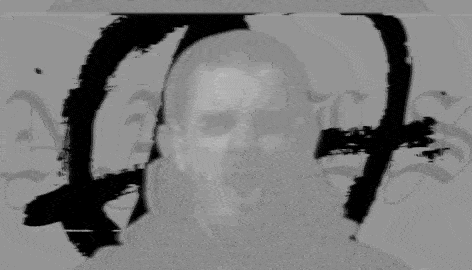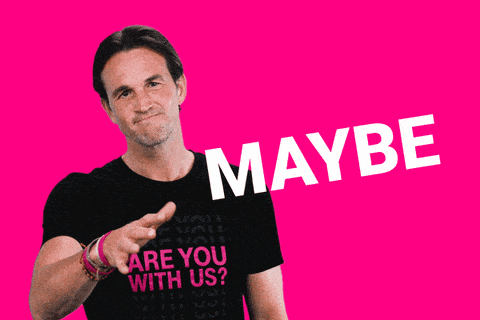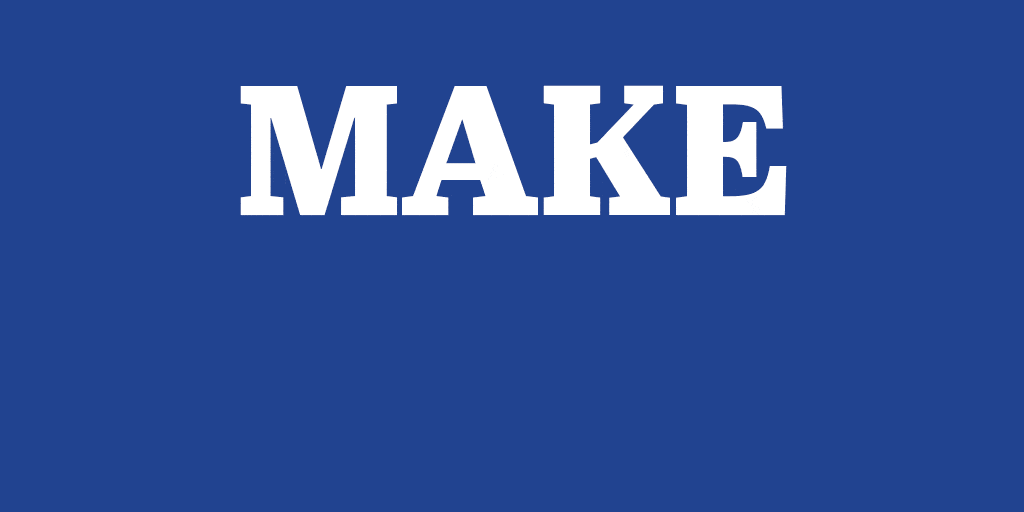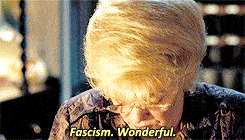




Have you ever wondered what your place is on the political spectrum? The quiz we have for you will help you find out your political label. All you have to do is to answer a few questions. Below you will find several statements you will have to agree or disagree with. Are you ready to find your political alignment? Let’s go!
Before you get down to the questions, you might want to know; what does the term “political spectrum” actually mean? It refers to the range of political opinions or positions varying from far left to far right. Left-wing liberalism and right-wing conservatism are on opposite sides, with most people falling somewhere in the center of the spectrum. The most radical variety on the left side would be anarchism, while its right-wing counterpart would be fascism. Some political scientists argue that the political spectrum doesn’t move from left to right but from top to bottom, with the authoritarian system being on top and the democratic system on the bottom.
It can be a challenge to define political ideologies, as they don’t always fit neatly into just one category. The original definition of a liberal means someone who advocates for change, new philosophies, and new ideas. A conservative is someone who avoids change, instead preferring to stick to what is tried and true. However, these definitions changed over time and became more complex.
In modern times, liberalism is essentially synonymous with being leftist or agreeing with the left political point of view. Simultaneously, being a conservative means being rightist or agreeing with the right point of view. People who hold views closer to the center of the spectrum are called centrists.
Liberals nowadays stand up for the rights of the individual, however, not without the government’s input. They want everyone to be treated equally. Universal healthcare is one example of the major leftist issues brought up today. People on the left side of the spectrum stand in favor of aiding the poor and lower middle-class. They want higher taxes for the rich to help the less privileged. They are pro-choice but against the death penalty.
The conservatives are very supportive of the military and support protecting their country, even if it means intervening in other countries preemptively. They are against illegal immigration or granting amnesty to illegal aliens. The conservatives want to protect the right to own guns. They are in favor of the government staying out of business and easing up on the regulations. This crowd is highly traditional and values things like keeping marriage between a man and a woman. The right-wingers are pro-life and pro-death penalty.
People who support authoritarianism often put the state’s interests over the individual’s rights. An authoritarian system concentrates power in the hands of a few individual persons who demand that everyone follow their laws and policies.
People who identify as libertarians usually focus on the freedom of the individual. They believe that personal freedom should be maximized, and they advocate for the displacement of government authority and control over their citizens. Equality is crucial for libertarians.
In the United States of America, the Democratic Party generally follows a more liberal (leftist) platform, whereas the Republican Party is associated with more conservative views and opinions. For example, the Democrats generally hold a pro-choice stance when it comes to abortion, while the Republicans are pro-life. The Democrats want to increase business regulations and worker protection, while the Republicans want to ease regulations and keep the government out of business.
Personal preferences typically run in families and are passed down from generation to generation. Because children are heavily influenced by their parents’ political ideologies, families typically hold the same or at least similar political views. Children who grow up with parents who have strong or passionate political views will most likely have the same views. They may go through a rebellious phase as a teenager or young adult, but as an adult, they will most likely return to their original political upbringing. There are exceptions to the rule, however, observing real-life tendencies seems to prove it true in most cases.
Some people might think they don’t belong anywhere on the political spectrum. Perhaps they don’t feel strongly one way or the other, making them moderate. Or maybe they do have definite opinions on some subjects, but they don’t even know it.
Where on the political spectrum do you fit in? Are you a centrist? Perhaps you’re leaning more to the left side? Are you a libertarian or an authoritarian? To discover the answer, you need to answer several statements in front of you. All you have to do is to agree or disagree with them. You will get your answer in no time!
Get down to the questions and find out your political label now! Our quiz will let you know if you are more on the left side or the right side…maybe right in the center?